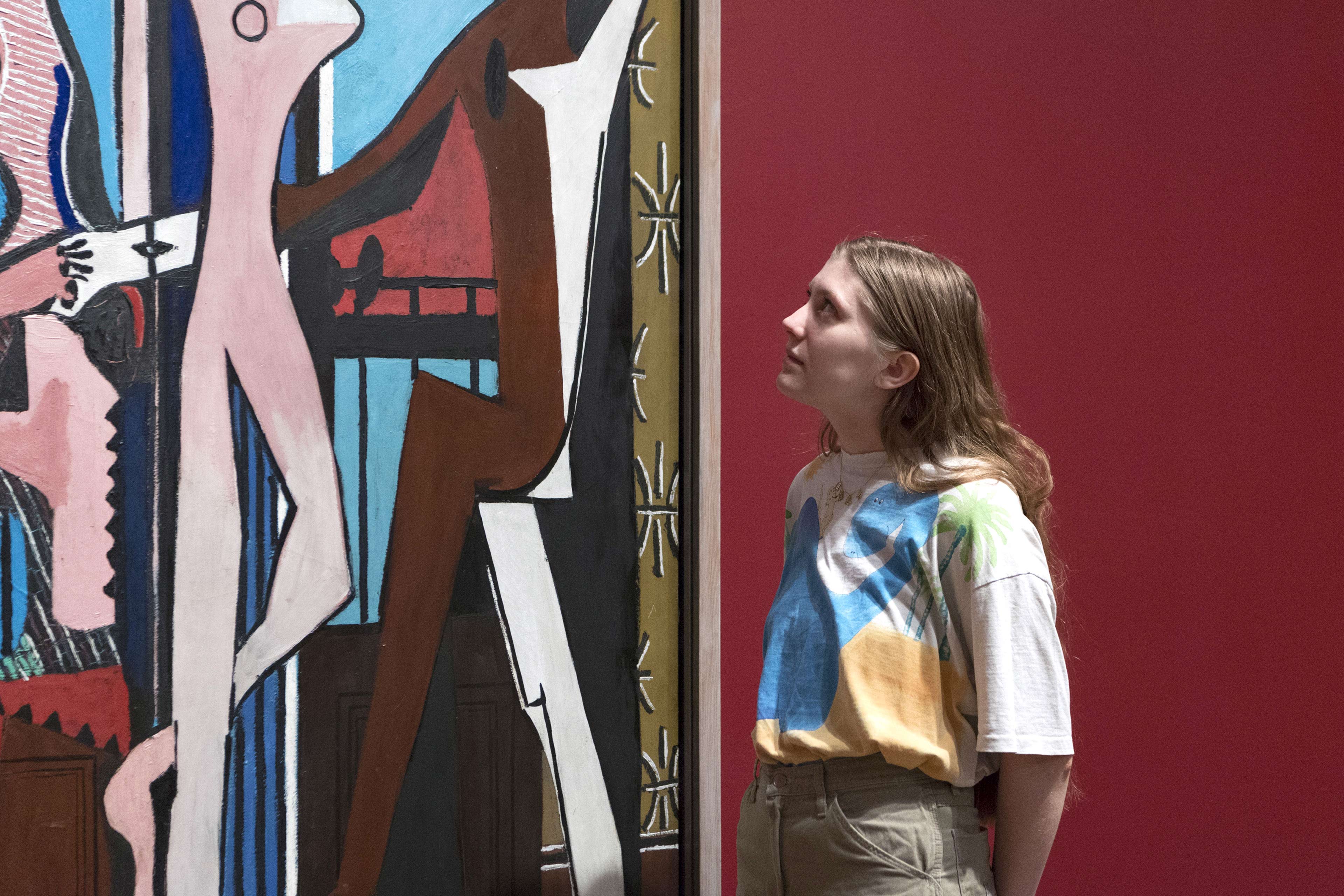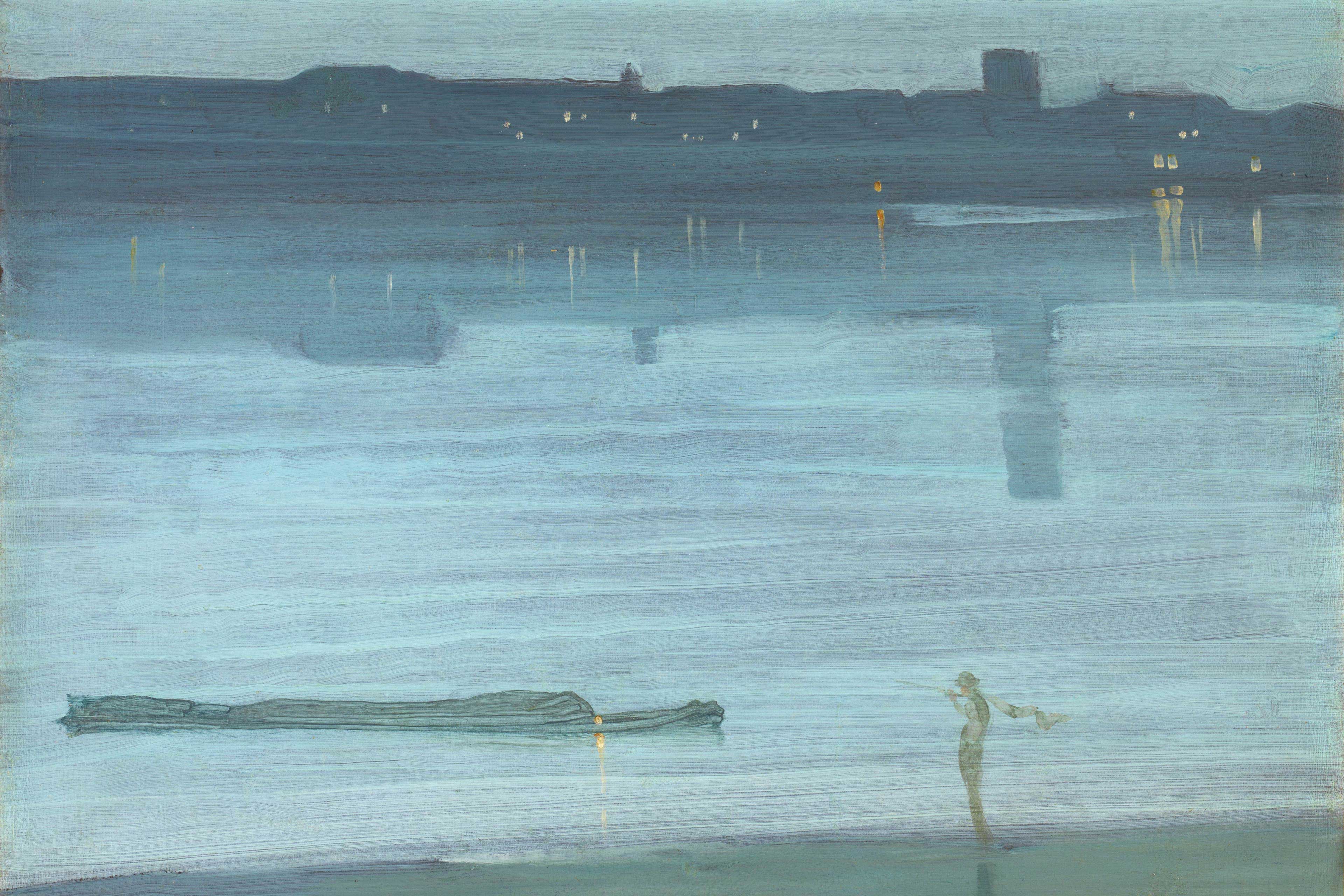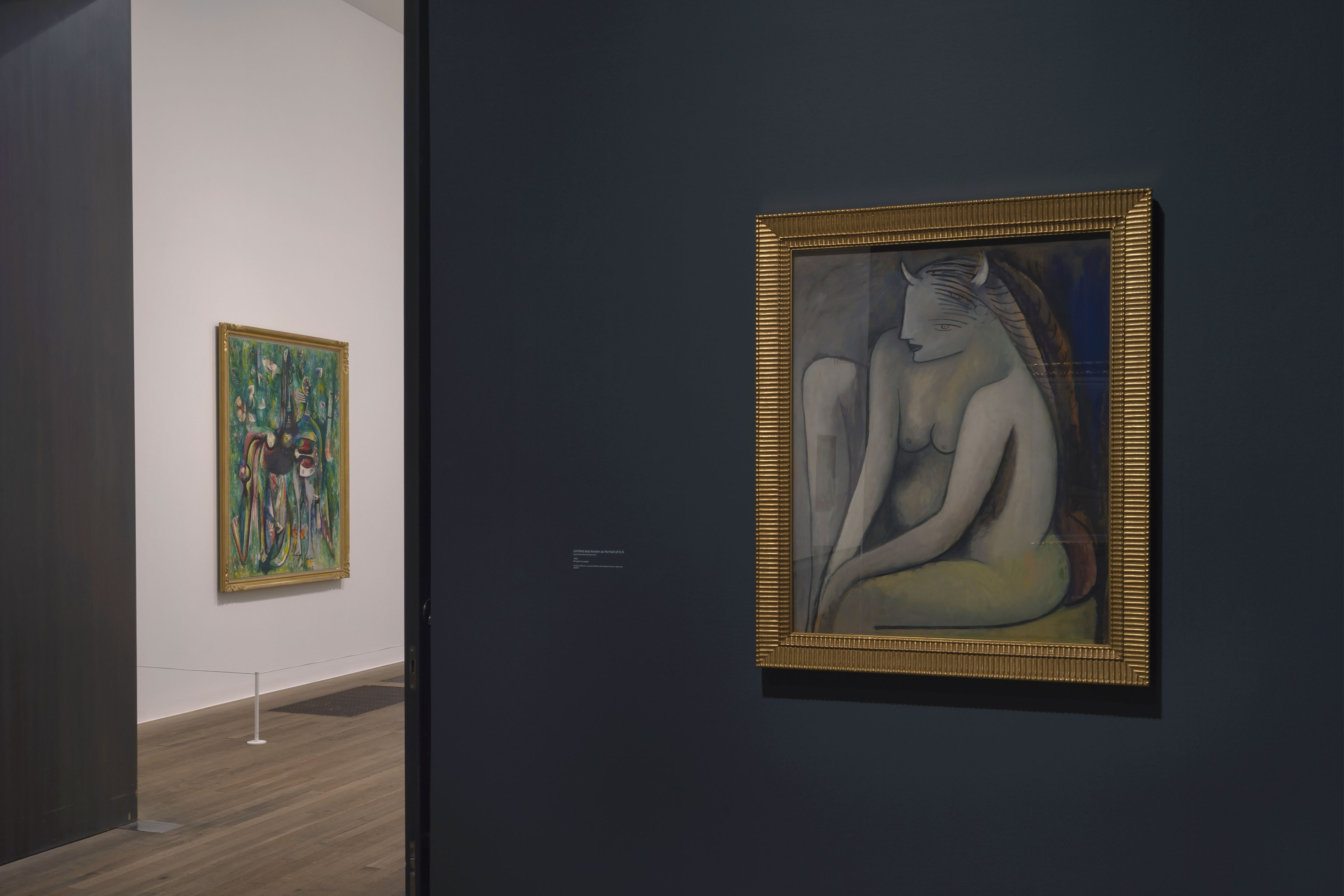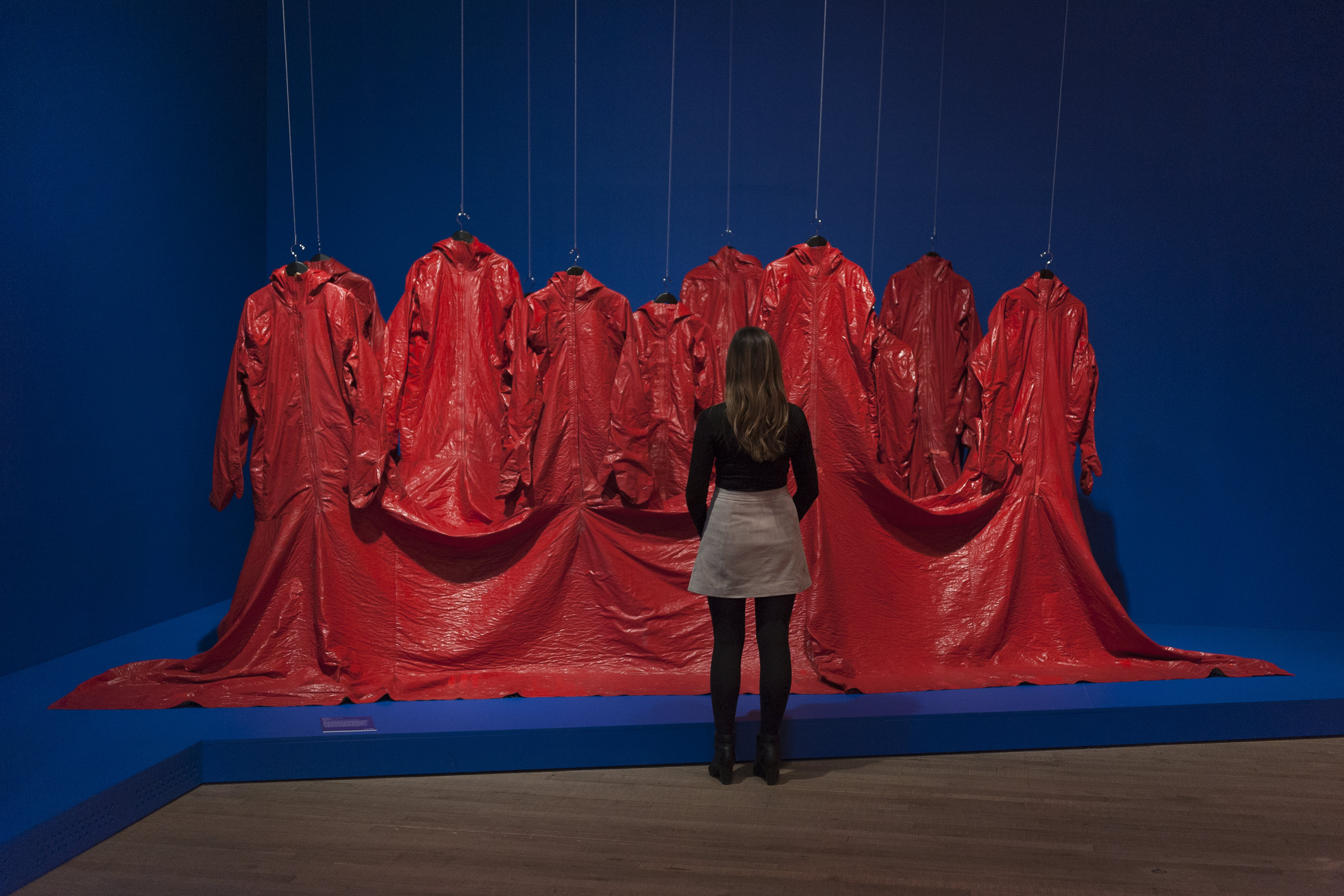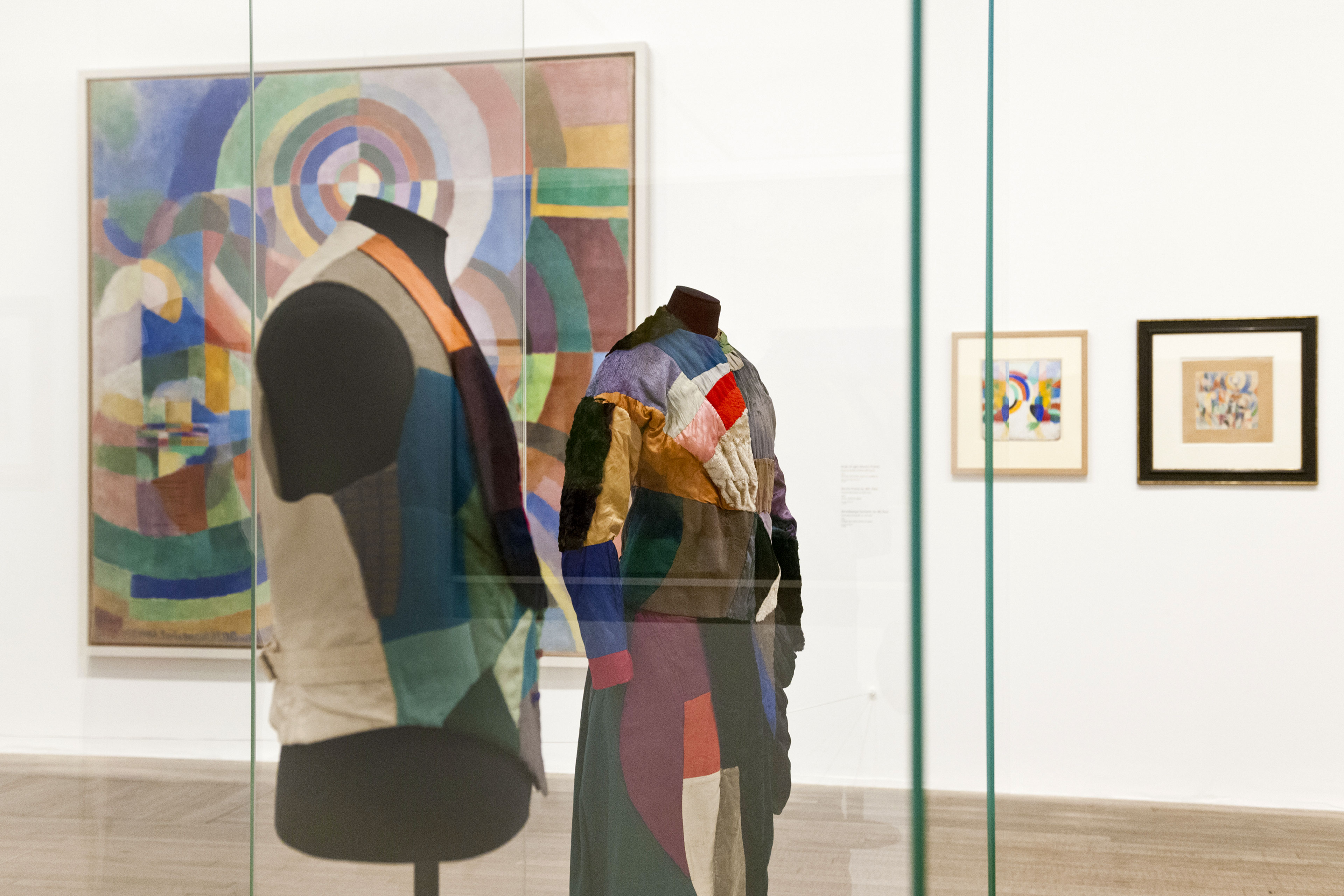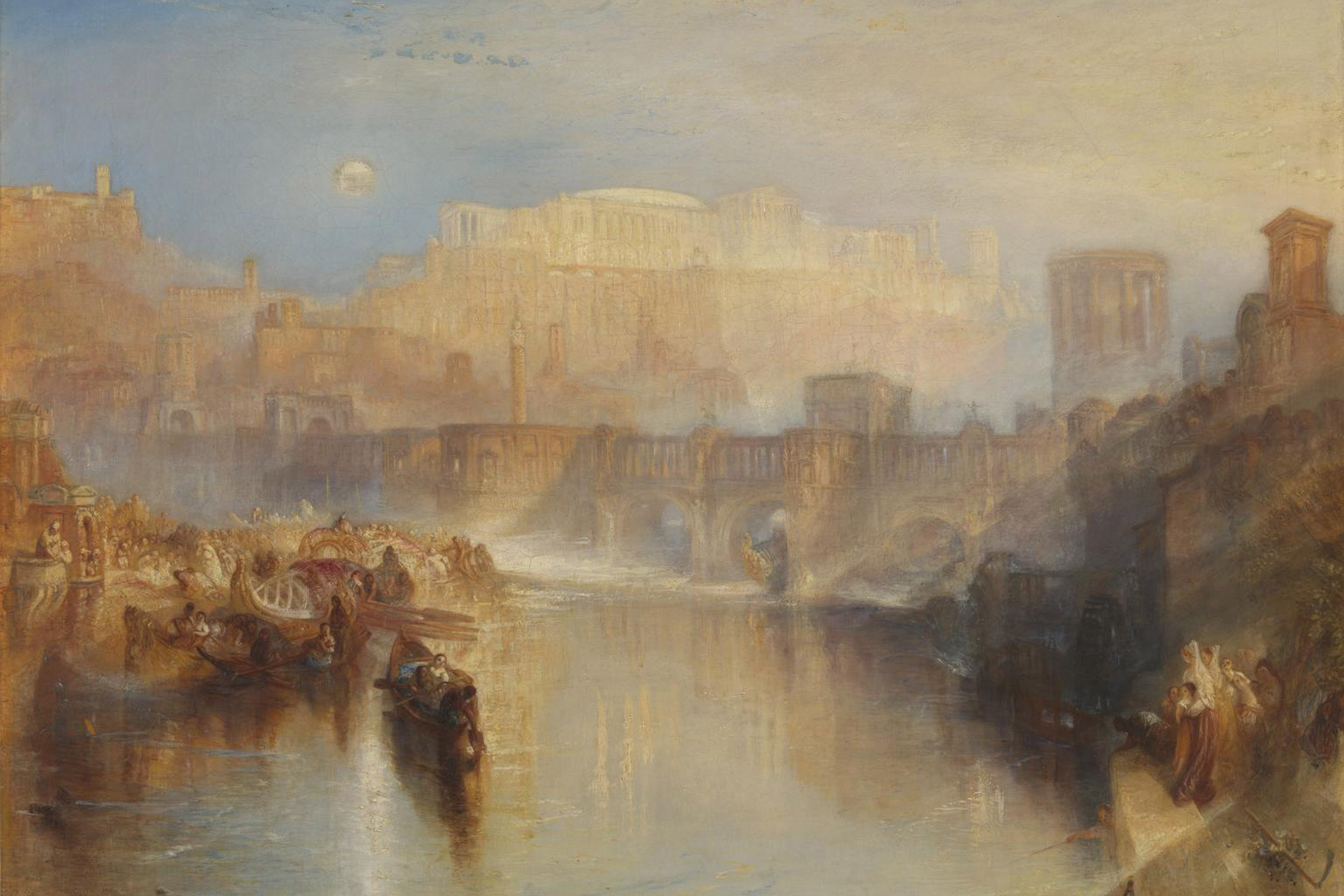EY and the Arts
At EY, we believe that the arts has a significant role to play in the prosperity of the UK.
The cultural sector is a driving force of creativity and innovation, two essential pillars to economic growth and societal wellbeing. We recognise the arts also provide an important sense of connection and an outlet for our emotions.
EY is one of the UK’s longest standing corporate supporters of the arts. We have supported the sector since 1994 and in 2013 we launched the EY Tate Arts Partnership. The partnership extends to all four Tate galleries and includes sponsorship of exhibitions, knowledge and expertise sharing, and memberships with Tate’s national network of museums. This support is designed to drive benefit for our people, our clients and the communities across the country we work within.
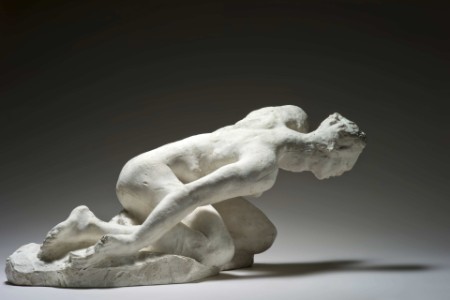
How Auguste Rodin disrupted tradition to reinvent modern sculpture
Most recent exhibitions

Image credit: Still Life with Water Jug, c.1892–93. Paul Cezanne. Bequeathed by C. Frank Stoop 1993
The EY Exhibition:
Cezanne
Tate Modern, 6 October 2022 – 12 March 2023
Presenting many works never before seen in the UK, Tate’s exhibition of Paul Cezanne is an ambitious project, organised in collaboration with the Art Institute of Chicago. The show will explore Paul Cezanne’s ground-breaking impact on twentieth century art, which ultimately gave licence to generations of artists after him to break the mould.
The show marks the tenth exhibition in the EY Tate Arts Partnership. Since 2013, EY exhibitions have showcased some of the world’s most pioneering artists – innovators and trendsetters who have shaped the future of culture and creativity. Paul Cezanne is a worthy contribution to this series.
The EY Exhibition:
The Making of Rodin
Tate Modern, 17 May-21 November 2021
EY were delighted to sponsor Tate’s re-opening show at Tate Modern, ‘The EY Exhibition: The Making of Rodin’ after a long year of closure. This ground-breaking new exhibition offered a unique insight into Rodin’s innovative ways of working, featuring over 200 works, many of which have never been shown outside France before. It brought to life his transformative studio practices which paved the way for modern sculpture as we know it today. Rodin was as an innovator and disruptor, and his ability to reimagine traditional processes is inspiration for all and led EY to support this exhibition.
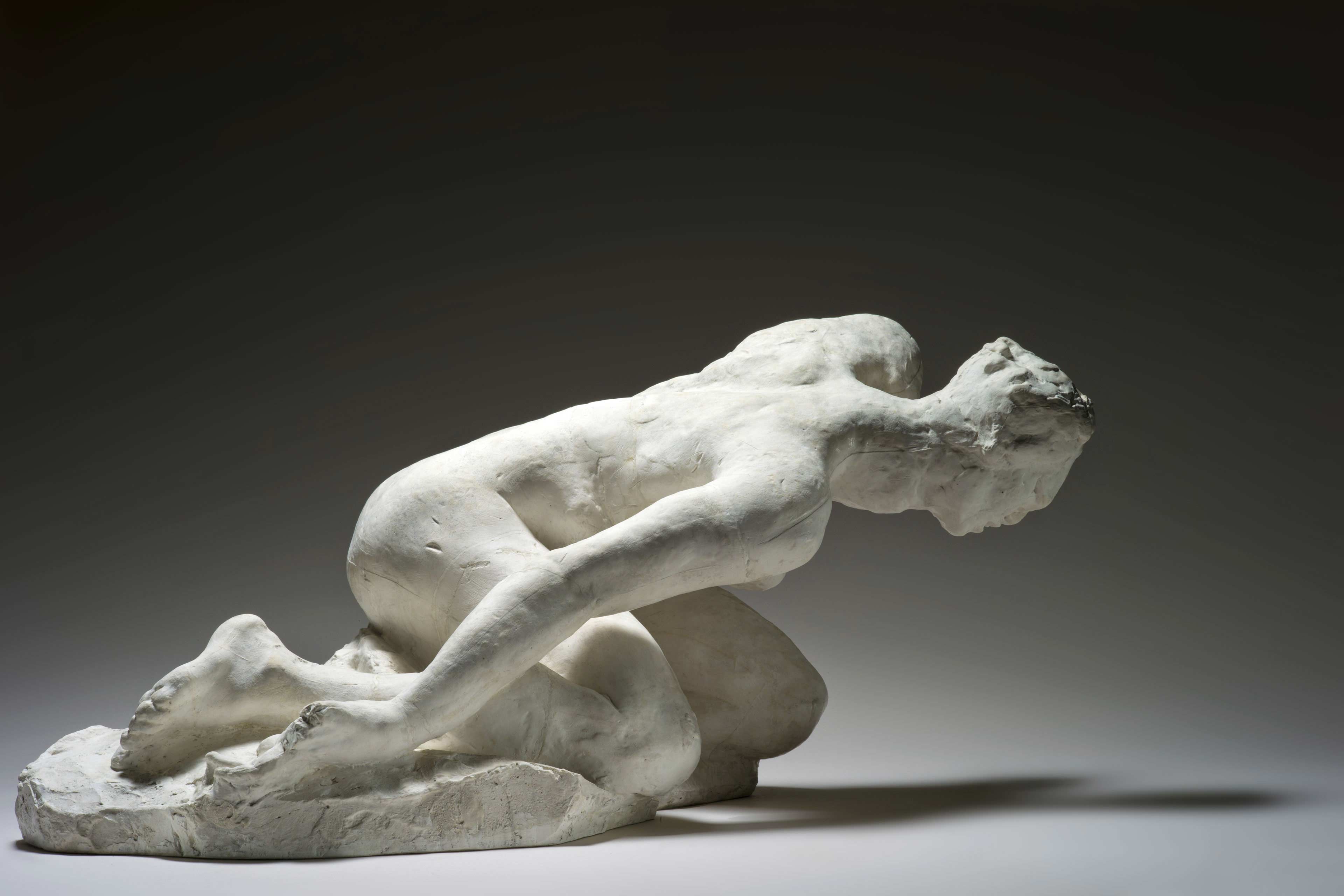
Image credit: Auguste Rodin Etude pour Iris c.1891–93 Musée Rodin, S. 00851
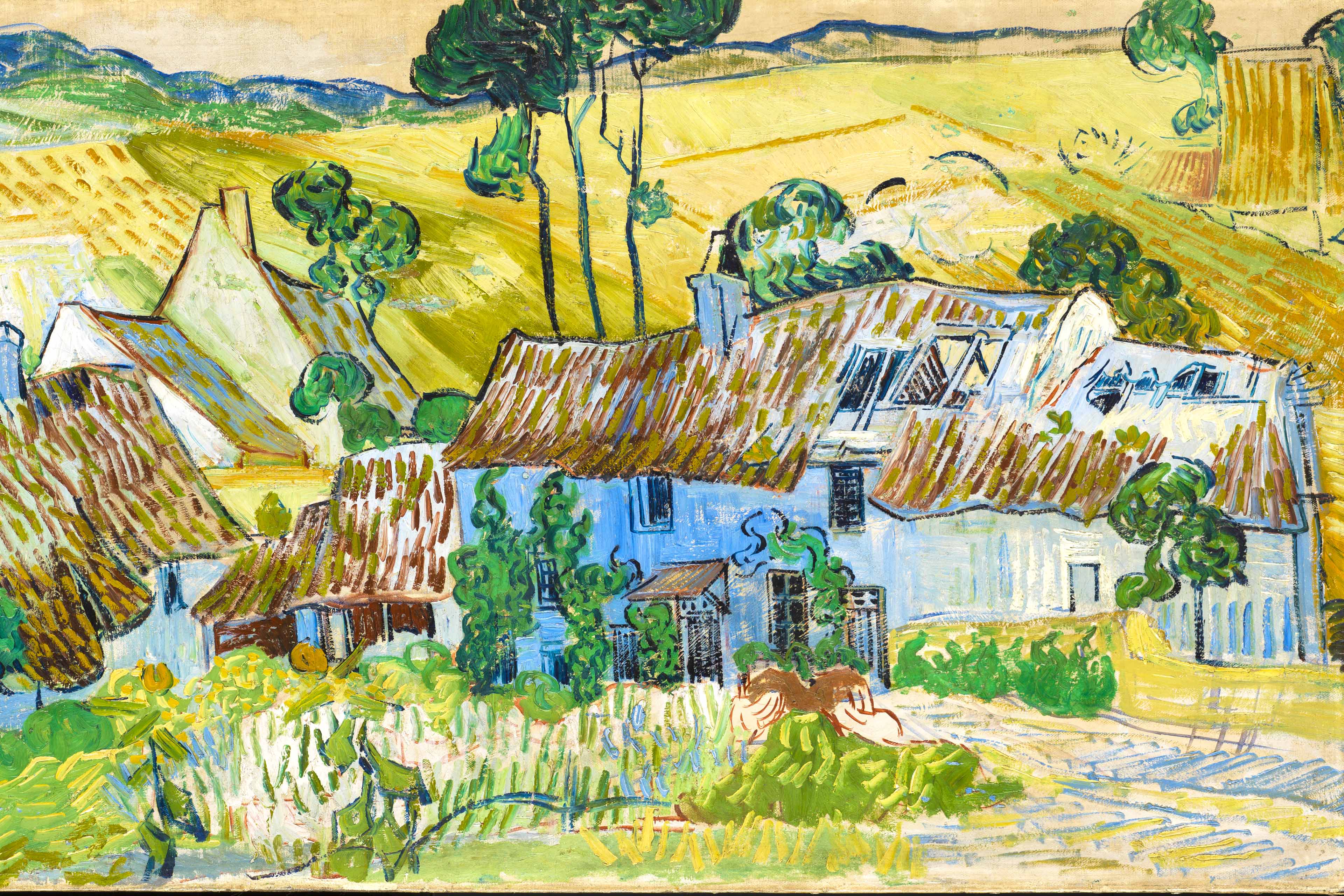
Image credit: Vincent Van Gogh Farms near Auvers 1890 Tate Bequeathed by C. Frank Stoop 1933 ©Tate
The EY Exhibition:
Van Gogh and Britain
Tate Britain, 27 March -11 August 2019
This exhibition took a new look at the artist through his relationship with Britain. Van Gogh was inspired by British art, literature and culture, and he in turn inspired British artists and played a central role in paving the way for modern British art.
EY launched our wellbeing programme alongside this exhibition, calling on Van Gogh’s struggles with mental health as a catalyst to have open conversations. This work has continued, offering a range of wellbeing initiatives to our staff, clients and across the communities we work within.
